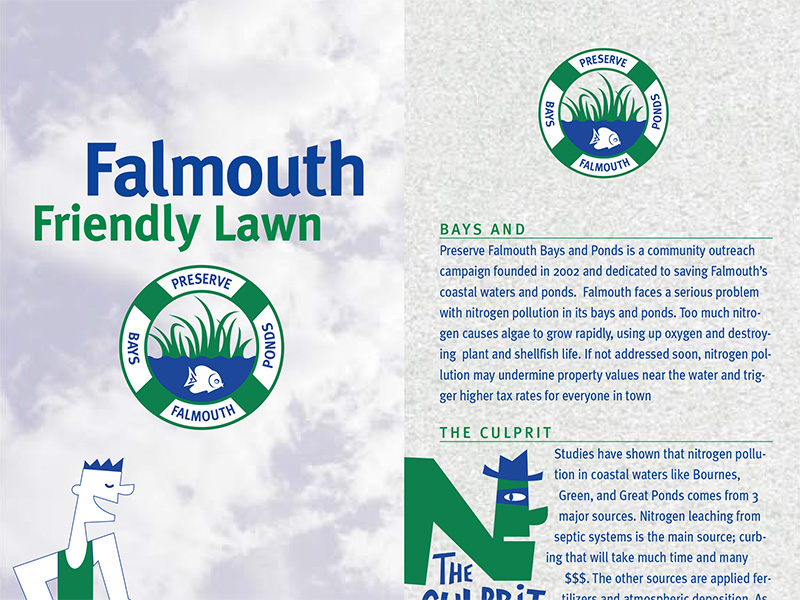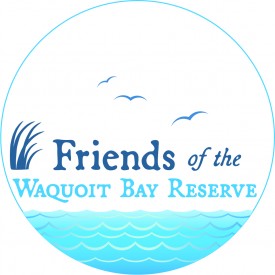Sustainability
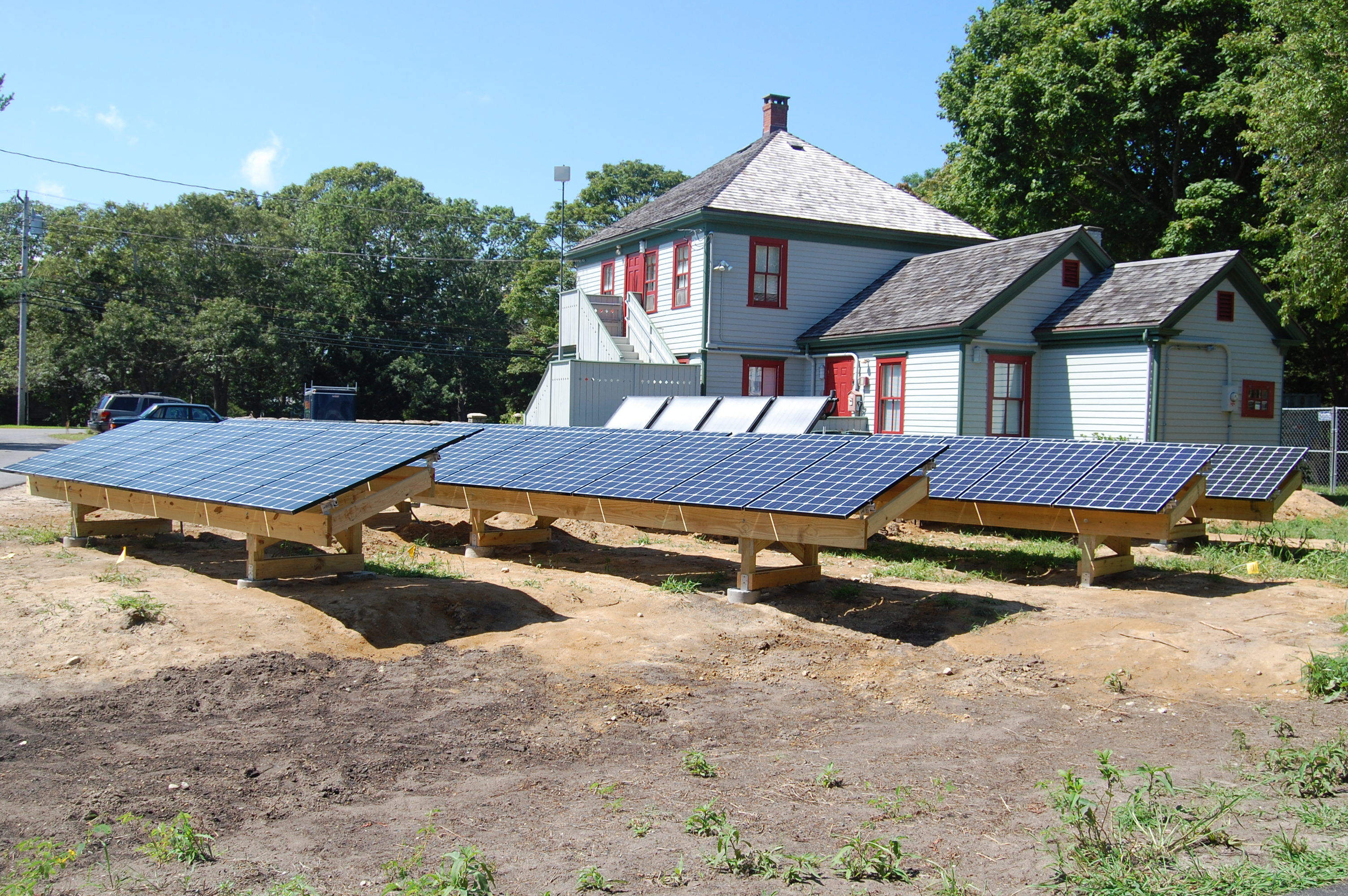
Energy efficiency
The Reserve has been a leader within DCR as one of the first “Green Teams” formed in response the an Executive Order in 2002 to reduce Greenhouse Gas emissions by 25% by 2012. We exceeded that target, cutting almost 36% of emissions from heating and electricity by implementing numerous energy-saving changes. Extensive sealing and insulating, replacement of old oil burners with new efficient gas boilers, solar hot water in the dorm, programmable thermostats, light timers, energy efficient lightbulbs and appliances – all have contributed to this drop. Significant cost savings have been realized as well. Recent and ongoing changes – changeover of the last two furnaces to gas, installation of LED lights, 19 kW of solar PV, new insulated windows in the Visitor Center – all this should lead to even further reductions.
With the help of several interns, we created Energy Tracking spreadsheets to more easily keep track of ongoing energy use. We also recently completed a Greenhouse Gas Analysis of the Reserve, looking both at how much of these gases (carbon dioxide, methane, and nitrous oxide) we emit through our activities (staff commutes, heating, electricity, Reserve vehicle and boat use, etc.) and how much we sequester, or store, in the lands we own. It turned out that staff commutes were the biggest emitter. It also showed that we sequester 8200 tons of carbon each year. This shows the vital role that land conservation plays in combating global warming. We created a blank Greenhouse Gas Calculator with Instruction Manual that other land-and facilities-holding entities can use to do a similar analysis.

Ecological landscaping
Americans love their lawns, but unfortunately the quest for the perfect lawn means fertilizing, watering and mowing. Fertilizer contributes to the nitrogen problem in our bays. Mowing contributes to global warming (because lawnmowers have little in the way of emission controls, mowing the average lawn contributes as much greenhouse gas as driving 600 miles!). Not only do trees, shrubs and perennials take up and use far more nitrogen than lawns, but their presence means there is not a fertilized lawn adding to the problem. We have held numerous educational programs on ecological landscaping, encouraging people to reduce lawn size by replacing it with native plantings, and to adhere to the Falmouth Friendly Lawn principles where they do have lawn.
We also tried to follow this principle in our recent renovation project. Once complete in 2013, all plantings, including grass along the roads, will be native and require no fertilizer or water input once established. Plantings, including a special “pollinator garden” include flowers attractive to bees and butterflies. These important species often come up short on food sources in our increasingly urbanized and manicured environment.
At the Reserve, we strive to model the same principles we espouse in our education programs. Energy efficiency, ecological landscaping, and low-impact stormwater handling are just some of the practices you will see examples of when you visit our campus. DCR, our state partner, was recently awarded the Leading by Example Award for extraordinary measures in sustainability. WBNERR’s achievements in this realm were a vital factor in the agency receiving this honor.

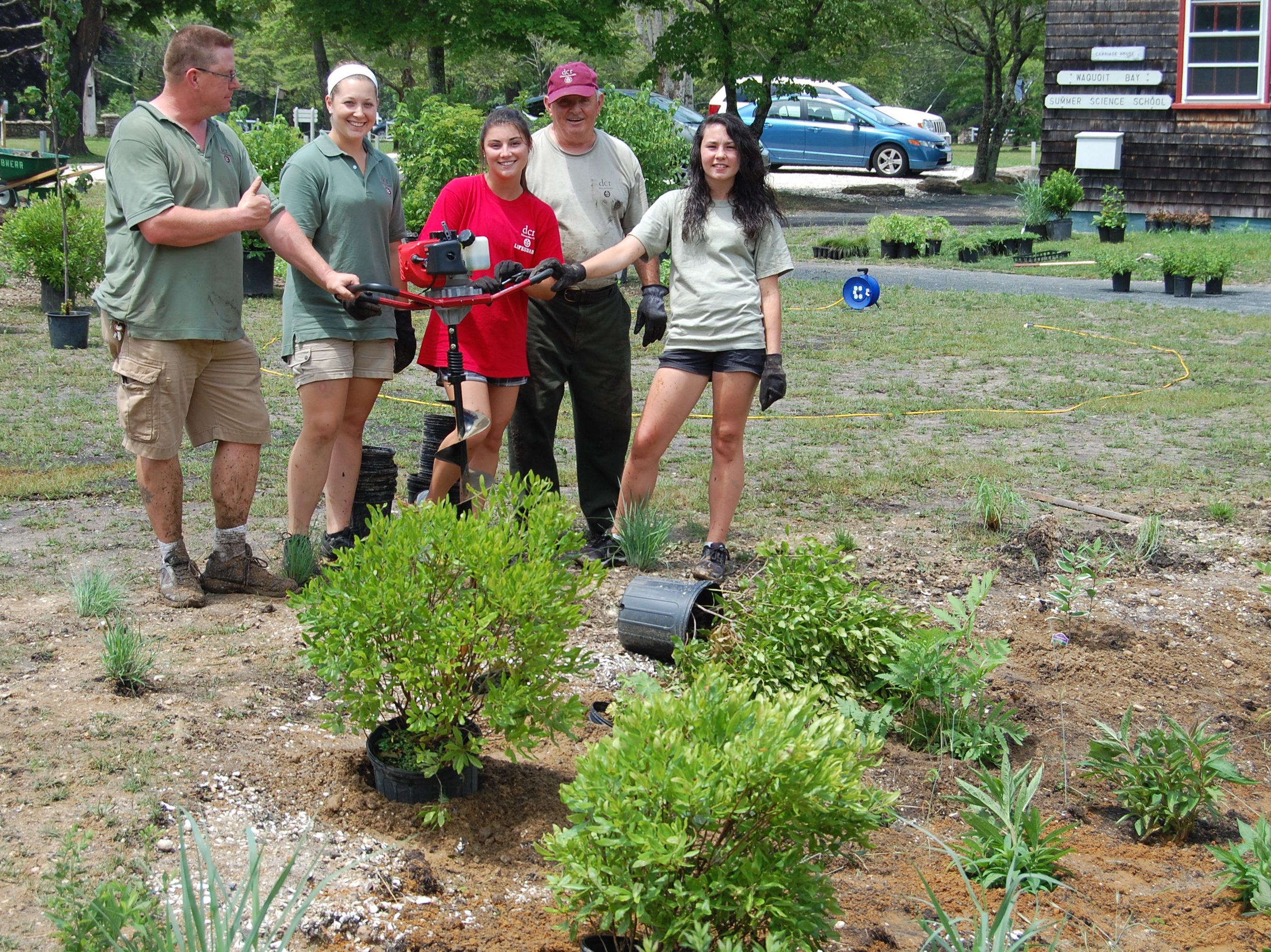
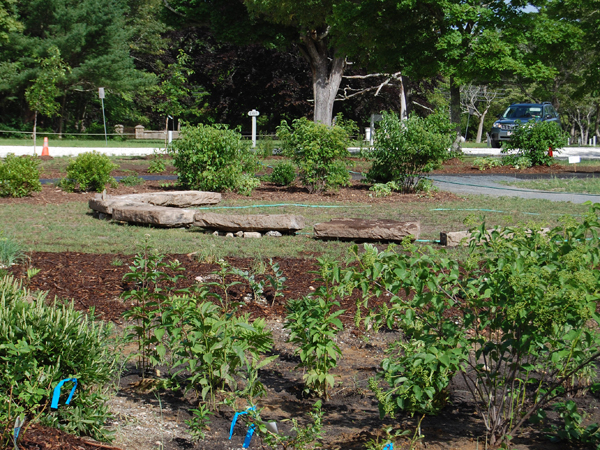
Low-impact stormwater handling
When it rains, water that runs off hard surfaces like roads and roofs carries with it contaminants like oil, fertilizer, and dog waste. If this water runs directly into water bodies or groundwater, it adds to our pollution problems. By capturing the runoff in vegetated areas called rain gardens or drainage swales, the water can be taken up by plants where it is used, evaporates, or slowly filters through their root systems before reaching groundwater. Our recent campus renovation has several examples of these stormwater-capturing areas. These principles can be used on everything from private house lots to large developments.

Other “green” practices
In addition to the practices described above, we compost all our own food waste, and have created a small organic demonstration vegetable garden and a pollinator garden. Paper and containers are recycled, and we use “green” cleaning products.



